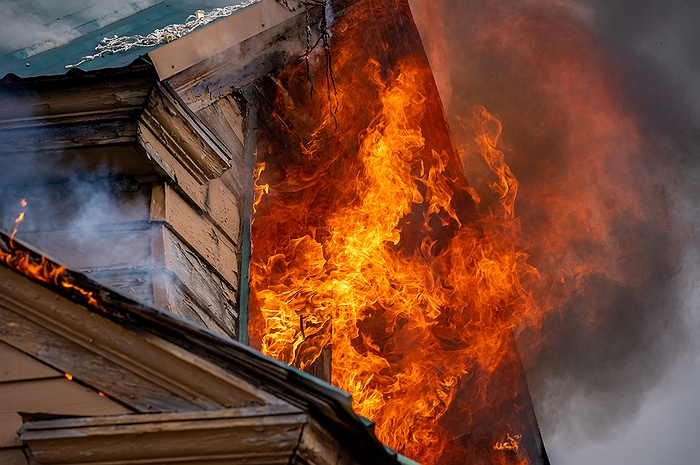
Governor Kathy Hochul has directed the Departments of Human Services, Health and Environmental Protection to immediately investigate recent reports of old leaded cables left behind by telecommunications companies and the potential public health risks associated with exposure to these cables.
“The health and safety of New Yorkers is my administration’s top priority, and we’re using every tool at our disposal to ensure the community stays safe from harm.” governor Hochul said. “
Today’s action follows media reports of the presence of lead-laden cables in communities large and small across the United States, including in New York State. The report cites the example of an overhead lead cable in a local park in the village of Wappingus Falls in Dutchess County, and noted that the soil around the park had levels of lead above what the EPA considers safe in soil in children’s play areas. At the Governor’s direction, state experts from the Department of Health (DOH) and Department of Environmental Conservation (DEC) have begun sampling the area to assess the potential for lead exposure.
Governor Hochul directed New York’s telecommunications company regulator, the Department of Public Service (DPS), and DEC to investigate the scope of this potential problem based on past use of lead cables.As part of this effort, the agencies sent a letter New York State’s 246 telecommunications providers began compiling an inventory of New York State’s land and underwater lead-bearing aerial and buried cables.Letter Directing Telecoms to Provide Complete Lead Inventory to DPS and DEC– Contains company-owned overhead and buried cables, including service cables still in use and cables that are no longer in use but have not been removed.
The purpose of the investigation is to better understand the inventory and ownership of such cables in New York. This information will be used to assess whether additional steps need to be taken. The inventory will include the type of cable (copper or fiber optic), whether it is overhead or buried, and the city, town, or village where the cable is located, the name of the street where the cable is located, the length of the cable, the nearest intersecting landmarks where the cable starts and ends, and any other information that will assist in physically locating and inspecting the cable.
Additionally, Governor Hochul directed DOH and DEC to conduct lead sampling as soon as details about Wappingers Falls Park were released. Work has begun and the park is temporarily closed out of an abundance of caution. The results of this sampling will be announced as soon as they become available.
Research shows that no matter how much lead you’re exposed to, it’s safe for children. Lead is a metal that can harm a child if it enters the body. Lead can impair young children’s growth, behavior and ability to learn. It can also cause anemia, kidney damage, and hearing loss.there are manysource of leadLead is found in dust, air, water, soil, and some of the products we use in and around our homes.
New York state Rory M. Christian, Chief Executive Officer of the Department of Human Services said, “Governor Hochul has made it clear that our primary responsibility is to protect the health and safety of the community and we take these directives seriously. As such, we will immediately dig deeper to see if there is a problem and, if there is, how we can best address it.”
New York State Health Commissioner Dr. James McDonald said, “The New York State Department of Health takes reports of lead cables very seriously and has mobilized quickly to coordinate with the Department of Environmental Protection, the Village of Wappingers Falls, and the Dutchess County Health Department to determine whether these cables pose any health concerns and to determine any additional actions necessary. We stand with the Governor to ensure the health and safety of all New Yorkers are protected and will keep the public informed of our next steps.”
New York state environmental protection commissioner basil Segos said, “DEC’s experts worked closely with DOH, DPS, and our many other state and federal partners to investigate and clean up the contaminated site using the best science available. We will continue to hold polluters accountable for the potential environmental and health risks they pose, and will expedite our ongoing assessment of the extent of the lead-related impacts these cables may have on our children and communities.”







